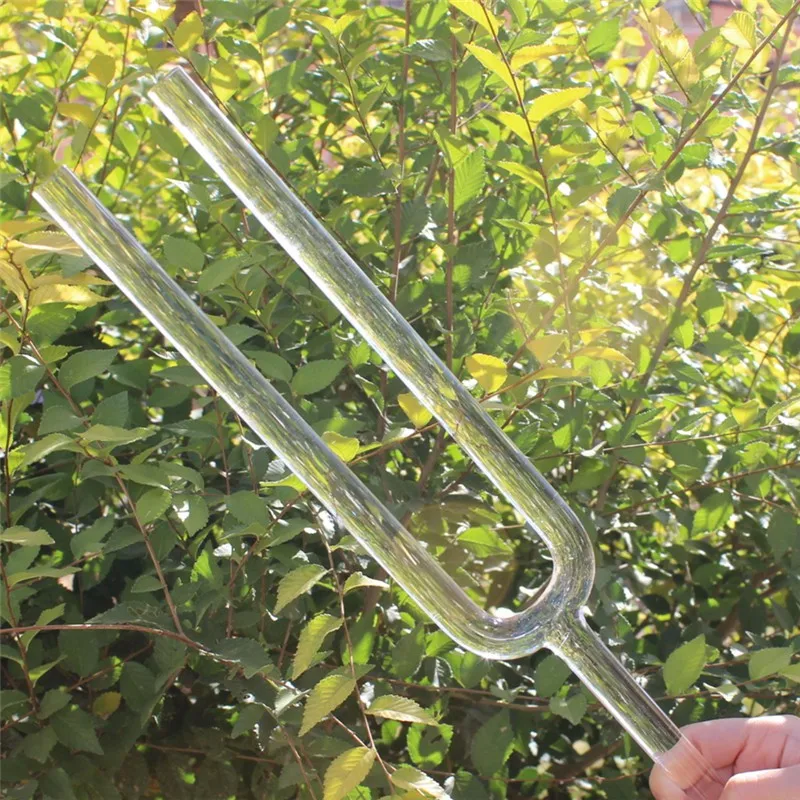

Each T-flip-flop can halve the frequency of the quartz. The frequency reaches values higher than the fork frequency in vacuum. Built into the watch, its original frequency is split using so-called T-flipflops or ripple counters. In the case where the sound wavelength is equal to the can internal diameter an acoustic resonance occurs.
#QUARTZ TUNING FORK HOW TO#
We show experimentally how to tune the quality factor by injecting energy in phase with the current. It is established that a decrease in wavelength enhances influence of the acoustic radiation on the fork oscillation frequency. We discuss various aspects of the quartz tuning fork, ranging from its original purpose as a high quality factor resonator for use as a stable frequency reference, to more exotic applications in sensing and scanning probe microscopy. It is found that at wavelength λ>0.6 cm the frequency dependence is determined by the relationship between density and pressure. Quartz tuning fork (QTF) is a commonly-available crystal oscillator used in digital electronics. This manufacturing process makes it possible to reduce the blank size to a minimum.

For example, the JTX tuning fork crystals are produced using an advanced photolithographic processes. Most of the tuning forks have been studied in a commercial can. Jauch tuning fork crystals are available in multiple packages and are produced on modern manufacturing equipment. The fork resonance frequencies 32, 77 and 99 kHz have been measured at T=370 mK in the pressure range between SVP and 24.9 atm. Introduction to the quartz tuning fork J.-M. We present the measurements of a parametrically excited quartz tuning fork in vacuum at very low temperatures (20 mK) and magnetic field of 1.5 Tesla. The tuning forks have been immersed in the superfluid helium. The effect of dissipation on frequency characteristics of tuning forks was measured, the dissipation being induced by acoustic radiation of different wavelengths, excited by tuning forks.


 0 kommentar(er)
0 kommentar(er)
